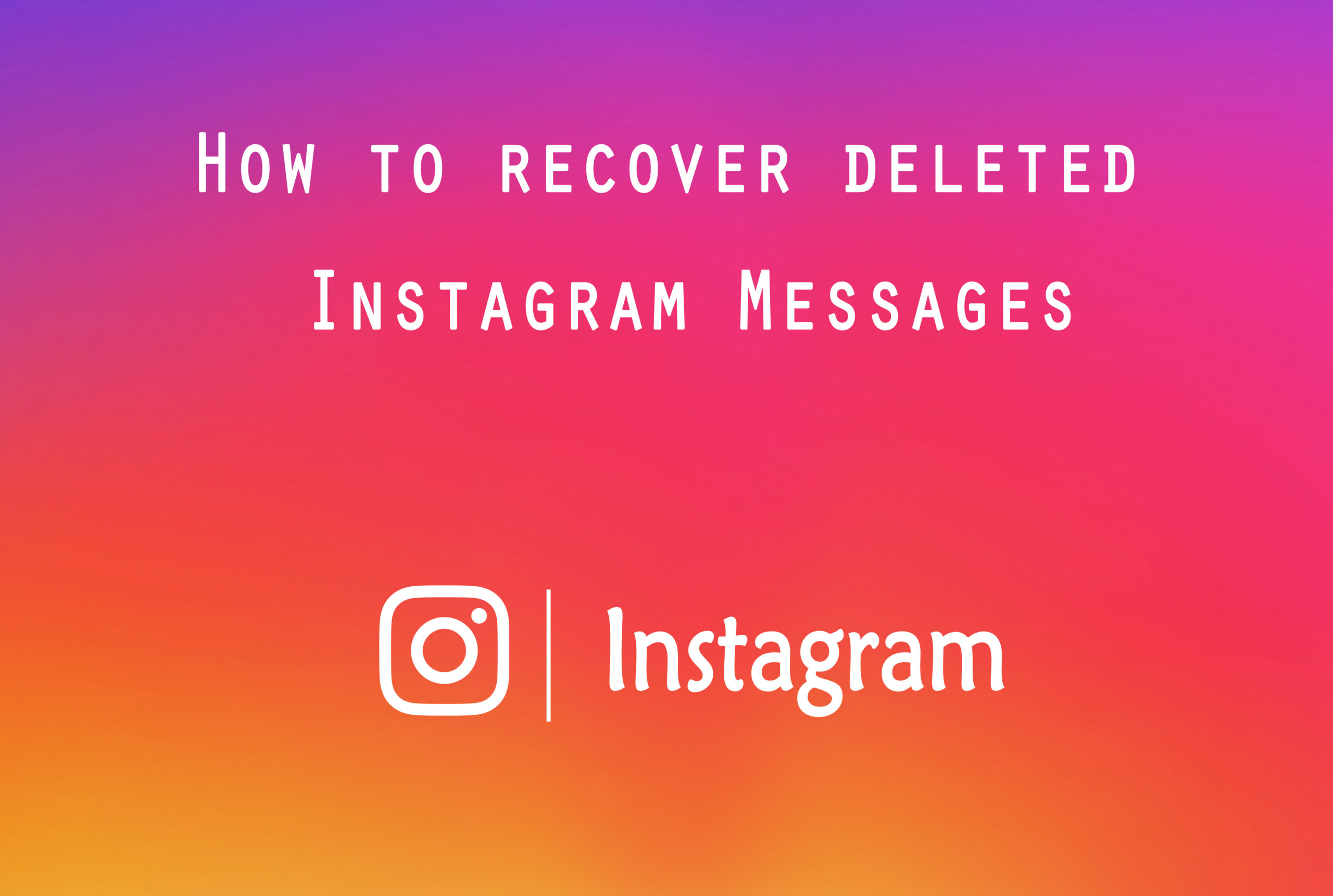In a world of technology, app stores are full of mobile applications, and this is an excellent thing for today’s mobile users. Still, the immense competition in the market makes it challenging for businesses to achieve success with the mobile app. Around 80-90% of mobile apps that are launched in the app stores are dumped by users just after a single-use. Research says that an average mobile app appears to lose about 77% of daily active users within three days of its installation. That’s why after creating the mobile application at the most expensive rates, most business owners fail in the race of the mobile app market. But If the testing mobile apps are done perfectly, chances are you will be more successful.
Then, what is the secret formula of a successful mobile application? Any mobile app becomes successful when it is built as per the market need, framed as per relevant business model, and the correct marketing strategy is used, the core concept is cleared, and launched at the exact time. These are some mistakes that could be made in the process of mobile app development, its design part, marketing, or testing. Whether you are at the designing phase of a mobile app or stuck in the development process, your mobile app doesn’t prove as flawless, intuitive, fully-functional, secure, user-friendly until its testing is not done.
Let’s check-out 10 deadly mistakes that you need to avoid as a mobile app testing company or a beginner while testing mobile apps.
1. Testing without the UI/UX Guidelines
UI/UX is a critical factor of all mobile applications. To make your app completely successful, you need to focus on the user interface and user experience. Understanding the needs of your target audience and their preferences should be your priority.
No matter if you are performing testing on iOS, Android, or windows mobile app, you must understand that every platform has different guidelines that include the design, common development patterns, and interaction. If you are unaware of such things, you can hire a tester for mobile testing.
2. Testing without learning & knowing the purpose
If you are a tester, you need to comprehend the principles of MVC, MVP, and MVVM patterns that are essential for mobile apps. For better testing, the QA team’s responsibility is to work with developers and start learning about the technologies on which you are planning to build the mobile app after knowing the customer’s project requirements.
It would be challenging to create a win-win statement for your customer if you don’t know the purpose of an app before starting testing. Both developers and testers should create business goals because that will give you a clear idea of where to start, how to design, and what phases you should keep in mind for testing. The benefit of building business goals is to achieve better test coverage, cut down the time, and reduce the efforts.
3. Consider Mobile Testing Same as the Web
Mobile app testing varies from web application testing. Mobile app users require a variety of things other than the app’s functionality, like simple user experience, sleek design, and speed.
The use cases for mobile apps are entirely different from the web app process. The mobile app should be optimized as per the various screen sizes.
4. No Installation/ Update Testing
Update and installation testing are necessary for the mobile app that you need to keep in mind as a mobile tester because the installation is the very first thing that your customer thinks before using your product.
If your app seems bad to your customers, they will take a few seconds to delete it from their devices. Thus, it is crucial to test the installation and understand the guidelines for update testing too.
6. Forget Security Testing
Security is a fundamental concept for the software product. Every day we save a vast amount of information on our mobile devices. Leakage of that information could cause severe damage to both users and devices.
Data encryption is the possible solution, but that is not also the easiest task because everything that is in the encryption form can be decrypted. If you don’t have much experience with this type of testing, make sure to talk to a professional security testing service provider that can help you fix security issues related to your app.
7. Performance Issues not Fixed
Always run performance tests throughout your development process and follow the right testing strategies. You can test the database, every single unit, and your infrastructure every day. There is no need to wait to complete the entire application before starting the performance test. Following steps are given for performance testing:
- Identify the testing environment
- Evaluate performance metrics
- Plan and design your performance tests effectively
- Configure or set up the test environment
- Execute your test design
- Prepare test reports
- Analyze & retest again
8. Missing Network Testing
Mobile applications are installed via different types of mobile networks, like WiFi connections, mobile data. Testing of various networks by following the right test cases is essential to ensure that no network issues will occur when the app is finally released for the market.
Network testing is an investigation performed to give stakeholders information about the quality of the app or the service or the product under test. It provides independent insight into the network and allows businesses to understand various network risks during implementation.
9. Improper Device Storage
As the mobile app market is so vast, performing testing on your mobile app using software and hardware combinations is one of the top challenges missed by many mobile app testing companies. If you are a tester and want to give your customer a successful mobile app, it is important to conduct testing on numerous mobile devices such as Android, iPhones, iPads that can help you achieve the most higher coverage.
Remember that your app’s testing should be performed based on the target audience. You have to analyze which types of devices your customers use the most. To improve the device testing coverage, you can consider a cloud-based device testing platform and test your device manually and with the automation strategies.
10. Getting No Customer Feedback
It is better to take precautions than making mistakes as you know how difficult it is to compete in the digital world. This is the reason you have to follow agile-based principles for your mobile testing. The benefits of using the agile approach are as follows:
Continuous Testing – The agile team’s role is to perform tests regularly to ensure that the product is developed faster and allows for smarter business decisions.
Continuous Feedback – The advantage of testing a mobile app using the agile approach is that it allows testers to give continuous feedback to team members and professionals concerned about the mobile application.
High-Level Software Quality – Teams that test the application ensure that the code is right and clean. Through regular testing of the mobile application, all the vulnerabilities and issues can easily be identified and fixed in a similar iteration as they are built.
11. Try to Automate as Much as Possible
It is not easy to write automated checks for software because many more dependencies are created by backend systems, APIs, networks, and sensors. 100% test automation is impossible, and it can be expensive too because everything is not free.
Whether you have various automation testing tools, you will still require a blend of manual testing to ensure that everything is working perfectly in the mobile app. You must treat automated checks as production code, and it requires educated and skilled people to work on it. You can prepare test scenarios and test cases before starting the automation of your mobile apps. Lastly, listen to your customers as much as you can.
Conclusion
Above, we provide you a list of 10 deadly mobile app testing mistakes that should be taken care of as a mobile tester. Every mobile app’s strategy can be different, but missing the mobile testing types like functional testing, interrupting testing, localization testing, usability testing, memory leak testing, security testing, and performance testing are not the right thing.
Mind it, mobile applications become an in-demand technology amongst your users and help them re-shape their businesses. Statistics show that by 2022, annual mobile application downloads will expand to 258 billion – a sharp 45% increase from 178 billion downloads in 2017. There are no shortcuts for a mobile app’s success. The only key is to test the mobile app in the right way.
Suggested:
Mobile App Testing Checklist to Ensure Quality of Developers.
What is the Difference between Web App Development and Mobile App Development?
Like this:
Like Loading...













 Trending Ideas for Local Business Marketing
Trending Ideas for Local Business Marketing